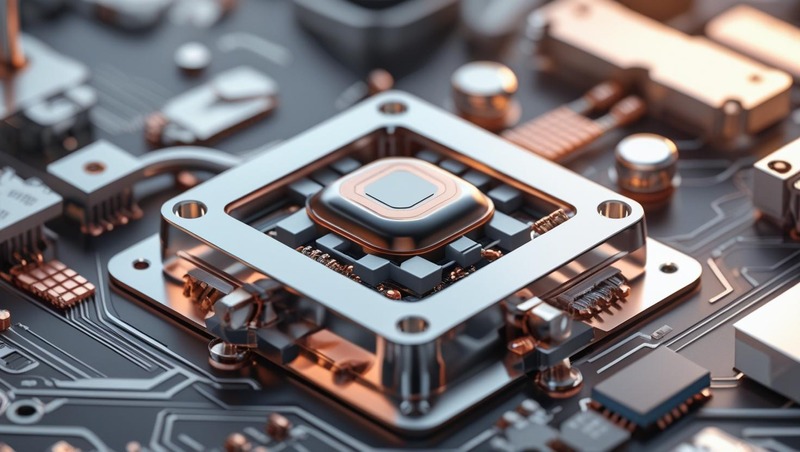The displacement sensor market is undergoing a profound transformation driven by the convergence of disruptive technologies such as the Internet of Things (IoT), Artificial Intelligence (AI), and advanced data analytics. These innovations are not only enhancing sensor functionality but also expanding their applications across diverse industries such as manufacturing, automotive, aerospace, healthcare, and consumer electronics. As these technologies mature, displacement sensors are becoming smarter, more connected, and increasingly integral to modern industrial systems.
IoT has emerged as a pivotal force in reshaping the landscape of displacement sensing. By enabling real-time connectivity and communication between devices, IoT has allowed displacement sensors to become integral components of smart manufacturing environments. In Industry 4.0 settings, these sensors are embedded in machines and assembly lines to monitor linear or angular position changes, delivering critical data for predictive maintenance, quality control, and operational efficiency. This connectivity empowers manufacturers to achieve higher productivity levels while minimizing downtime and maintenance costs.
Download PDF Brochure @ https://www.marketsandmarkets.com/pdfdownloadNew.asp?id=17719728

Artificial Intelligence is further amplifying the potential of displacement sensors by enabling advanced data interpretation and autonomous decision-making. With AI algorithms integrated into sensor systems, raw measurement data can be processed in real time to identify patterns, detect anomalies, and make proactive adjustments without human intervention. In robotics, for example, AI-enhanced displacement sensors contribute to precise motion control and spatial awareness, allowing robots to operate more intelligently in dynamic environments. Similarly, in autonomous vehicles, AI-powered displacement sensors improve navigation accuracy and safety by constantly monitoring distances, movements, and alignment.
Miniaturization and advancements in microelectromechanical systems (MEMS) technology are also contributing to the evolution of displacement sensors. Modern sensors are becoming smaller, more robust, and energy-efficient, making them ideal for embedded systems and portable devices. This miniaturization has expanded their use in consumer electronics and medical devices, such as wearable health monitors and diagnostic equipment, where precise and non-intrusive displacement measurements are essential.
In addition to hardware innovations, software-driven advancements are enabling remote monitoring and cloud-based analytics for displacement sensors. Data collected by sensors can now be streamed to the cloud, where advanced algorithms provide insights into system performance, fault detection, and process optimization. This capability is crucial for industries operating in remote or hazardous environments, such as oil and gas or mining, where sensor data must be accessed in real-time for safety and operational continuity.
The combination of IoT and AI is also fostering new business models such as Sensor-as-a-Service (SaaS), where end-users pay for real-time data insights rather than investing in hardware. This model is particularly attractive to small and medium enterprises (SMEs), which benefit from the technology without high upfront costs.
In conclusion, the displacement sensor market is rapidly evolving through the infusion of IoT and AI technologies. These advancements are making sensors more intelligent, connected, and capable, unlocking new applications and driving efficiency across industries. As digital transformation accelerates globally, displacement sensors will continue to play a critical role in enabling smarter systems and shaping the future of intelligent automation.
